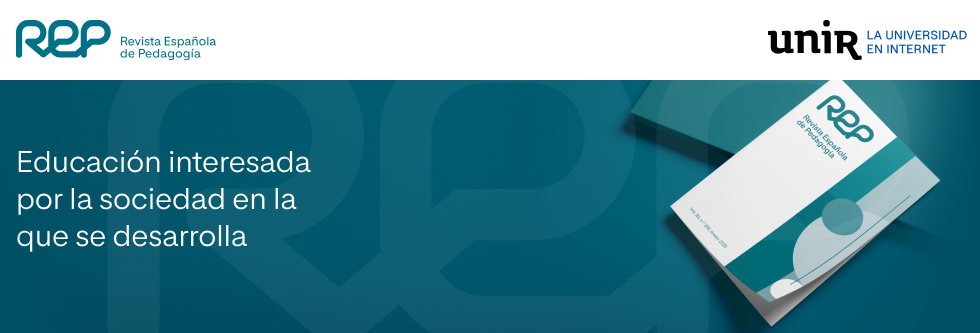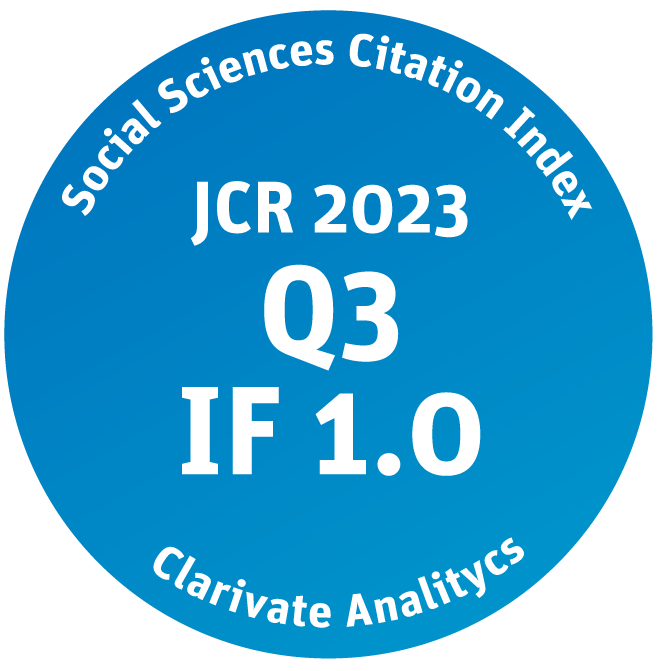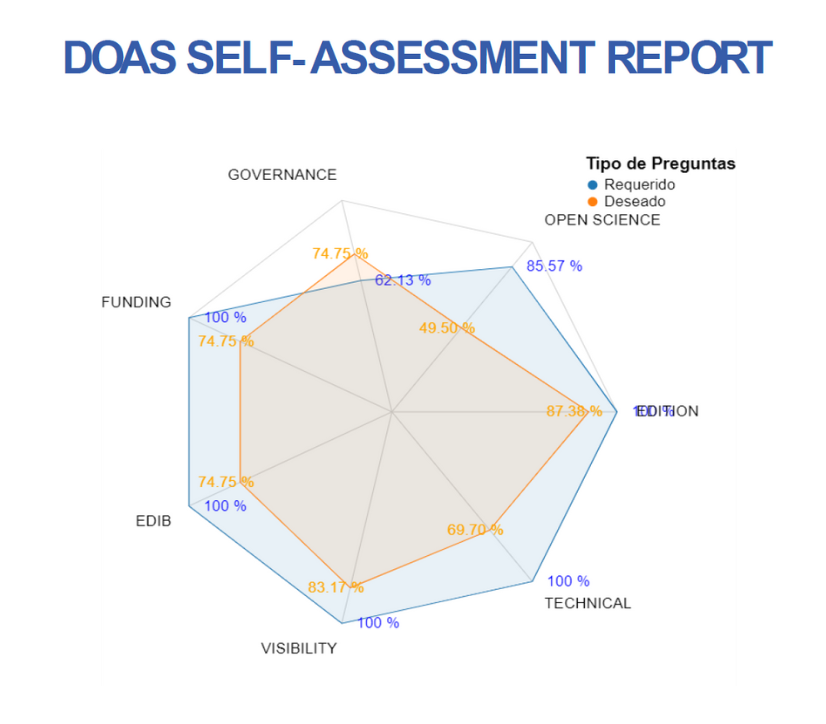García Amilburu, M. (Ed.), Bernal, A., & González Martín, M. R. (2018). Antropología de la educación. La especie educable [Anthropology of education. The educatable species]. (Yaiza Sánchez Pérez)
Resumen
Antropología de la Educación. La especie educable [Anthropology of education. The educatable species] is the title of this book recently published by María García Amilburu, Aurora Bernal, and María del Rosario González Martín in which they consider a topic as classical as it is current in education. The structure of the book has a clear internal and external coherence, as its four sections cover increasingly specific aspects of educational anthropology. It also offers the reader a clarifying vision of the discipline and the importance of its application in educational practice. ,
This work sets out its content in a simple, precise, and direct manner. To do so, the authors organise the information structuring their arguments didactically, and include tables and diagrams to facilitate the reading and comprehension of the complex ideas. It is necessary to note that, despite the abstraction of some concepts, the authors handle the information in a way that adapts the content for readers who are familiar with the discipline. ,
Obviously the book has a structured and illustrative framework, but it is also worth noting that there is a glossary in each chapter with basic concepts to facilitate comprehension of the text, and each chapter also contains a series of questions to encourage reflection, which are excellent didactic resources for encouraging thought about educational questions. It includes audio-visual and literary resources, as well as suggestions for developing essays, an exercise that favours the development of reflexive thinking in matters relating to human beings and how they relate to the world. Another aspect worth noting is that the authors provide a recommended reading section where they list a selection of the works used, the ones which are most illustrative in relation to the discipline. However, they also explain that all of the reference materials used for preparing the book can be found on the publisher’s website, an environmentally-friendly and practical decision. The expanded bibliography features over a hundred authors and works, including classics and recent ones, which justify the topicality and the need to continue researching from disciplines such as educational anthropology. ,
The first part of the book provides a definition and rationale for educational anthropology. To do this, it returns to the origins of study and reflection on the human being and observes how they have evolved to the present day, enabling an understanding of the different trends in educational anthropology, whether through its objects of study or through the methods used (positive or philosophical). The book focuses on educational anthropology from a philosophical perspective as the reflection characteristic of the philosophical method is part of self-knowledge and how one relates to the world, both of which are studied by anthropology. ,
The second part of the book approaches what, how, and who the human being is. In the text, the human being is defined as an unfinished being which is capable of thinking but needs a specific setting and relationships with other subjects to adapt, learn, and take form as a fully social and educated being. Accordingly, education becomes an element necessary for human beings to develop their abilities and not only be what they already are but also what they can grow to be. To do so, individuals have to know themselves to organise their understanding and will with the aim of attaining ends that reinforce their perfectibility as human beings. Education, ultimately, involves leading the individual to her greatest development. This means that, when dealing with complex actions, a guide is required who becomes a companion during the process. All of this explains educability, the potential for people to be educated in the different dimensions that make up the human being, such as: the bodily and affective; the intellectual, moral, and aesthetic; and the social and transcendental. ,
The third part analyses the perspective of the human being as an inhabitant of the world who relates and acts in a given context. The authors raise the importance of subjects receiving a specific education so that they become conscious of their transformative power and their responsibility in the world. Accordingly, education is what enables human beings to understand where they are and, in this way, to be able to adapt to and improve the spaces they inhabit. ,
As for relations with otherness, the main socialising element is undoubtedly the family. The authors consider interesting perspectives in relation to the family unit and the learning, both favourable and detrimental, which takes place in it. Accordingly, they propose various forms of family relationship in which concepts such as trust and authority are analysed. They also describe friendship and community as relational contexts, which involves a process of opening up to the world where important links and civic values of coexistence and empathy are developed. This third part also covers concepts such as: anxiety, fear, liberation, freedom, and aesthetic or religious education, elements which must be questioned constantly in education, as they guide us during the educational process. When educating, it is essential to reflect on these questions from humanistic disciplines such as educational anthropology without falling into reductionism, truisms, or banal approaches, as their influence and impact on educational practice is unpredictable and we must be capable of confronting very different situations. ,
The fourth and final part of the book goes further, considering how we act and know the world. Human beings experience feelings as a consequence of human actions, which makes humans’ links to culture clear as its derives from their own actions. The human being as a social creature feels a need to make contact with different cultures to discover their complexity and organisation, thus making it possible to clarify the possible differences that exist, both pragmatic and conceptual. Culture is in a constant process of interaction and construction, and so it is necessary to consider the interaction between the many different cultures to evaluate the results of this diversity and its educational and community consequences. ,
This text is, ultimately, a necessary work for educational professionals as it positions us, from a pedagogical perspective, in the main lines of study by educational anthropology. The authors make clear the need to focus research and educational practice on questions focussed on understanding the human being and its way of being in and relating to the world, as the pedagogical repercussions of this are undeniable. This book invites us to reflect on the human being and offers guidelines for working on this concept in the classroom. Although defining it is difficult and has numerous influences, this book is a support which uncovers various focuses thanks to its contributions from differing perspectives. To do so, the authors develop the text from a holistic vision, as they do not just focus on the human being as a particular being, but rather try to analyse other dimensions such as family, community and axiological ones. ,
Yaiza Sánchez Pérez ■
Citación recomendada | Recommended citation
Pérez, Y.
(2023)
.
García Amilburu, M. (Ed.), Bernal, A., & González Martín, M. R. (2018). Antropología de la educación. La especie educable [Anthropology of education. The educatable species]. (Yaiza Sánchez Pérez).
Revista Española de Pedagogía(1).
https://www.revistadepedagogia.org/rep/vol0/iss1/11
Licencia Creative Commons | Creative Commons License
Esta obra está bajo una licencia internacional Creative Commons Atribución-NoComercial 4.0.
This work is licensed under a Creative Commons Attribution-NonCommercial 4.0 International License









Commentarios | Comments
García Amilburu, M. (Ed.), Bernal, A., & González Martín, M. R. (2018).